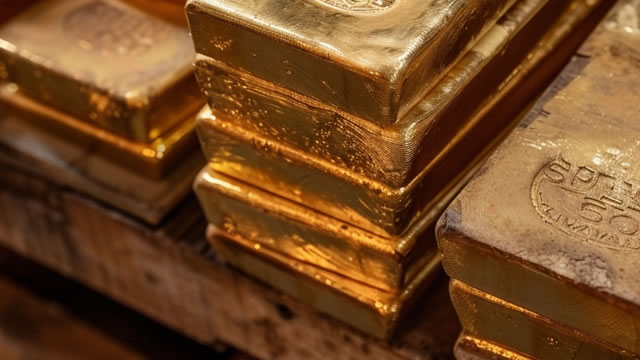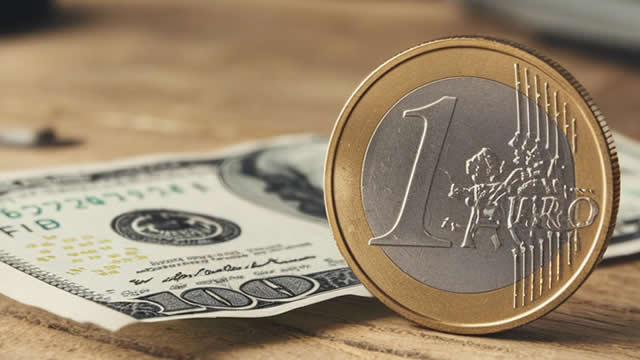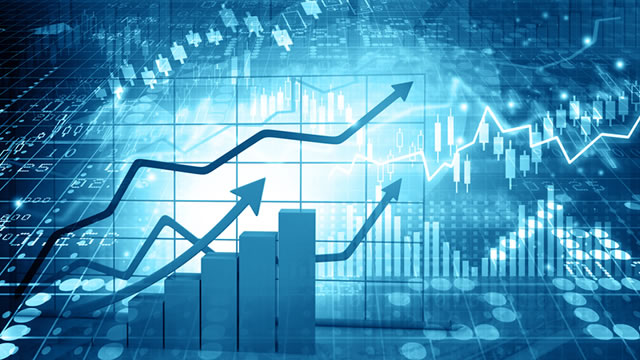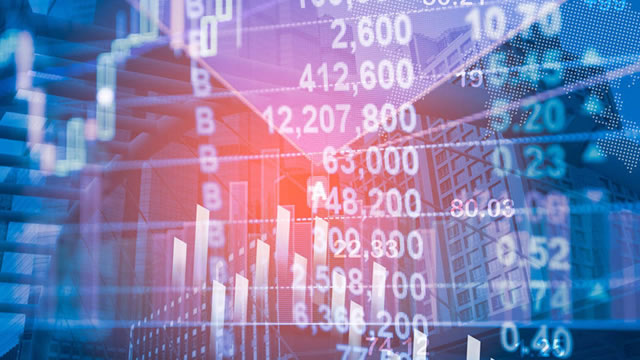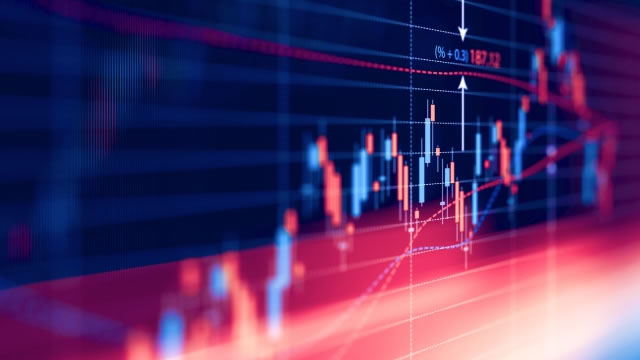Gold Prices Reach New Heights: What’s Behind the Surge and Its Implications
Gold prices have been on a rollercoaster ride in recent weeks, with the precious metal hovering near record highs as traders anxiously await key economic indicators and political developments. With tensions mounting over U.S. President Donald Trump’s proposed tariffs and upcoming U.S. jobs data, the gold market is poised for significant moves.
Trade Tensions and Tariffs
One of the primary drivers behind the recent gold price surge is the ongoing trade dispute between the United States and China. Gold is often seen as a safe-haven asset, meaning it tends to perform well during times of economic uncertainty or geopolitical instability. The threat of tariffs and potential retaliation from China has fueled concerns over a global economic slowdown, causing investors to flock to gold.
U.S. Jobs Report and Inflation
Another factor influencing gold prices is the upcoming U.S. jobs report and the potential impact on inflation. A strong jobs report could lead to rising interest rates, making gold less attractive to investors since the precious metal does not offer a yield. However, if the jobs report misses expectations or shows signs of a slowing economy, gold could continue its upward trend.
Implications for Individuals
For individuals, the rising gold prices could have both positive and negative implications. On the one hand, those who have invested in gold or hold gold in their portfolios could see significant gains. On the other hand, the higher prices could lead to increased costs for those who use gold in their industries or rely on gold mining as a source of income.
- Investors could consider adding gold to their portfolios as a hedge against economic uncertainty.
- Individuals who use gold in their industries or rely on gold mining could face increased costs.
Impact on the World
The gold price surge could have far-reaching implications for the global economy. A weaker U.S. dollar, driven in part by concerns over trade tensions and a potential economic slowdown, could boost demand for gold as an alternative store of value. Additionally, central banks around the world could be incentivized to add more gold to their reserves as a hedge against inflation and economic uncertainty.
- A weaker U.S. dollar could lead to increased demand for gold as an alternative store of value.
- Central banks could add more gold to their reserves as a hedge against inflation and economic uncertainty.
Conclusion
The recent surge in gold prices, driven by trade tensions and economic uncertainty, could have significant implications for individuals and the global economy. While investors may see gains, those in industries that rely on gold or gold mining could face increased costs. As the situation continues to unfold, it’s essential to stay informed and adapt accordingly.

